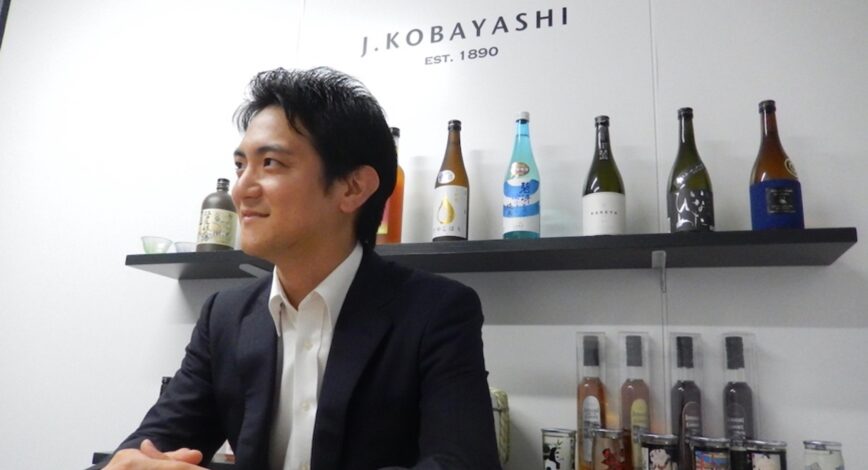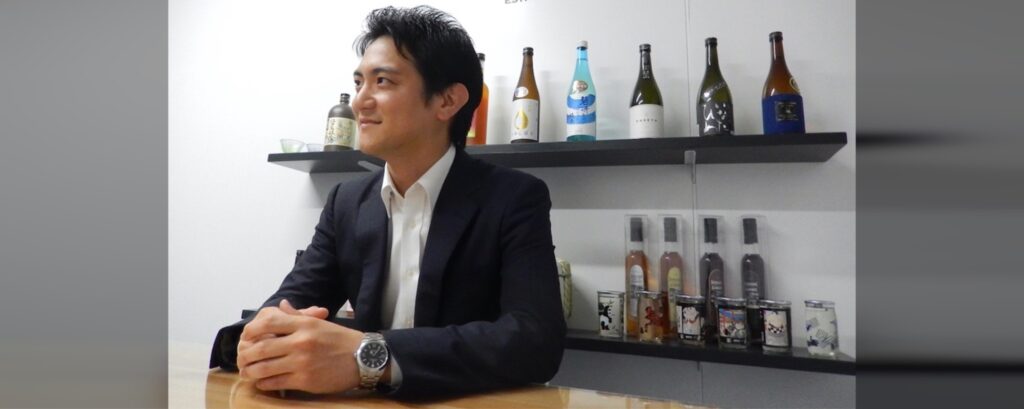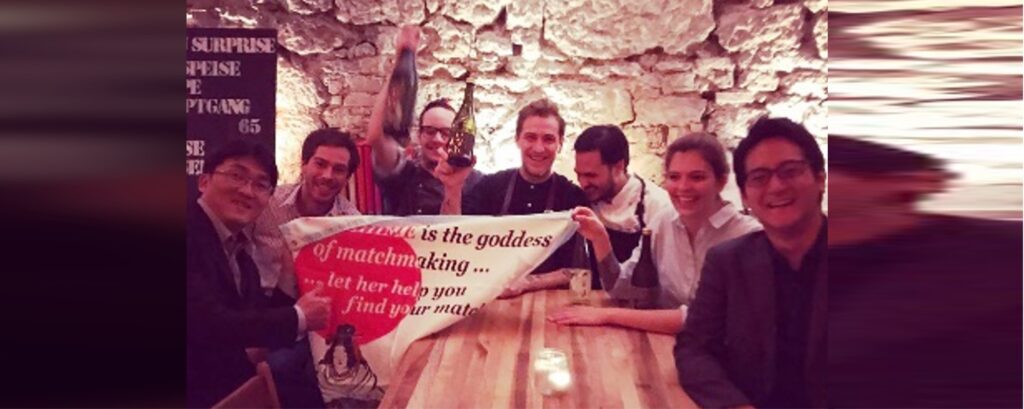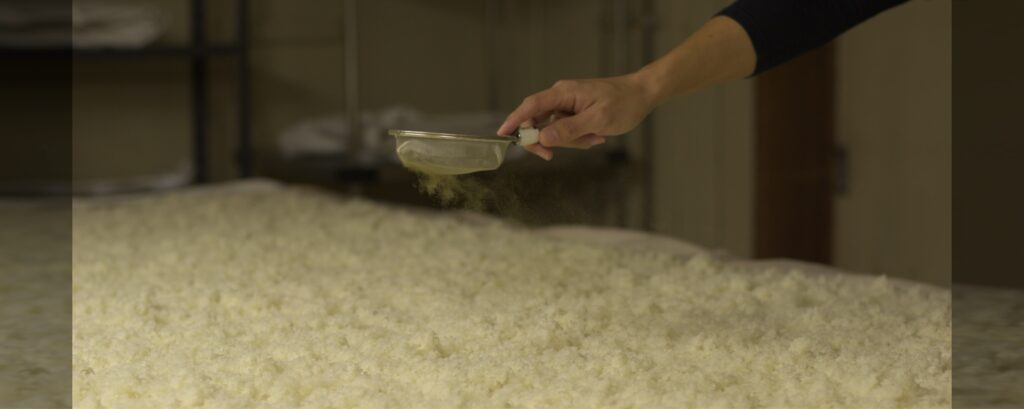
In Depth
J.KOBAYASHI Episode 1: Stories of a Sake export trading company pioneering the European market
Hello! This is Yutaro Kobayashi of J. KOBAYASHI Co., Ltd.

The company has been engaged in exporting Sake focusing on Europe.
The company was originally operating a business very different form Sake export. I am going to introduce the company history, why it started Sake export business, what motivations we have to trade Sake in corporation with overseas distributors in a few episodes.
Let me start by introducing myself first.
J. Kobayashi President: Yutaro Kobayashi

Born in 1987, I am 35 years old.
I was born in Hyogo prefecture, which is known for the Sake production, and I spent my childhood up to middle school in Kobe. I was rather introvert and did not enthusiastically express myself at that time. My characters turned more active and extravert when starting playing rugby recommended by a school teacher.
I was sent to a secondary school in London for 2 years. I consider this experience was the start of a strange connection of me with Europe. I started my school life without being able to communicate in fluent English. It was hard to communicate with my classmates at the beginning. What helped me when feeling desperate from the language barrier was rugby I stated playing at elementary school. I made friends through playing sports, and was able to communicate with classmates without problems by the time I left school. Looking back, I appreciate my secondary school life was full of fun and great experiences. After finishing the secondary school, I came back to Japan to go to undergraduate school in Tokyo, and fortunately studied further to obtain a master’s degree. Spending a few years working at a different company, I came back to family business eventually to meet Sake.

As I briefly mentioned, my company was not engaged in Sake business in the beginning. Moreover, I myself was not an enthusiastic fan of Sake, so I did not imagine myself dealing with Sake as I currently do. The reason why company started Sake business attributes to an encounter with a boy. This topic will be touched upon in a later episode, so I briefly explain why I selected Sake as a target of business.
As I mentioned earlier, honestly speaking, I was not at all a fun of Sake, because it was associated with my memory from the university period of a bad hangover after drinking a large amount of low-quality Sake with friends. The popularity of Sake was declining back then, and the young generations did not find it fun to drink and compare a variety of Sake. My perception was that the majority of Sake consumers were the middle-aged uncles or grandpas who like alcohol, so I thought it was not for me.
The perception changed when I became engaged in Sake business and met with brewers by myself. Sake offered at breweries for tasting was totally different from what I had been drinking during my university life, and it tasted all delicious. I made a simplest question “Is this really Sake?”. Since the first visit to a brewery, I started to accumulate knowledge on Sake and learned, for example, Sake has various categories, and rice types and brewers, as well as preservation conditions have a large influence on the flavours of Sake. It was an eye-awakening inspiring experience and found the drink very interesting.
Sake industry has one of the longest history in Japan. Some breweries lasted more than 100 years. Each brewery has long-inherited “love for Sake”. If we think of a simple way to make money, Sake production is not the best way for the purpose. Why do the brewers continue the time-consuming Sake production? It probably originates in the love for Sake. They have deep love and gratitude to Sake which allowed the breweries to last for a long period, therefore they try hard to communicate the charms of Sake everyday.

Breweries not only preserve traditions of Sake making, but they also make continual efforts to innovate the production process, for instance, by taking in new ideas, ingredients, and production methods etc. With these spirits, there is newly created Sake targeting female consumers and the young generations, which is low in alcohol and having a sweeter note. There is also champagne-induced sparkling Sake. Talking to Toji, chief of Sake production, surprised me as they have an innovative sight with open-minded though to new ideas, while preserving the long-lasting tradition, knowledge, and passion. To discover the possibilities of development of Sake, they try to take in information from other industries and try hard to promote the Sake production. In this sense, their stance resembles more to artists rather than mere business owners.

Each production story shared by brewer shocked me, thus I empathized and even more interested in Sake.
This might have been because the stories of breweries were assimilated with my own situation : there are important things inherited from ancestors, in my case is a family business, as well as a responsibility to pass it to the later generations. Otherwise, it might be because that overseas experiences in my teenage helped me think back the Japanese mentalities and the unique culture descended from the long time ago, or I was simply pulled into a depth of Sake and became a fan.
I myself became a fan of Sake with a few clicks. Learning the charms of Sake, I started to think of introducing this interesting drink to the world, and wanting to deliver the opportunities to taste it to the world. This is why I became engaged in Sake export. I am looking forward to finding Sake on the restaurant’s menu across the world. We are striving hard to make the day come true.
To be continued.








